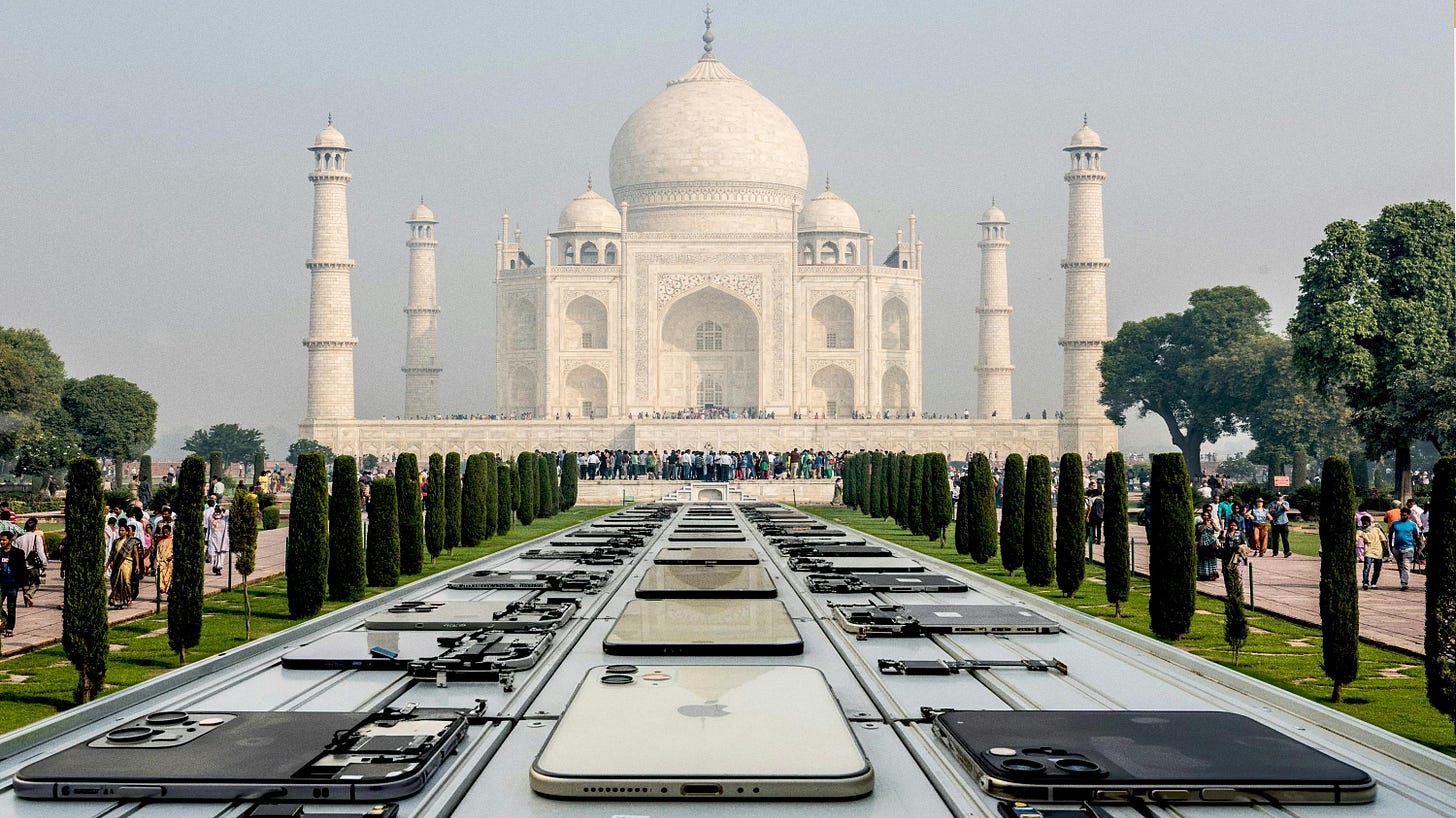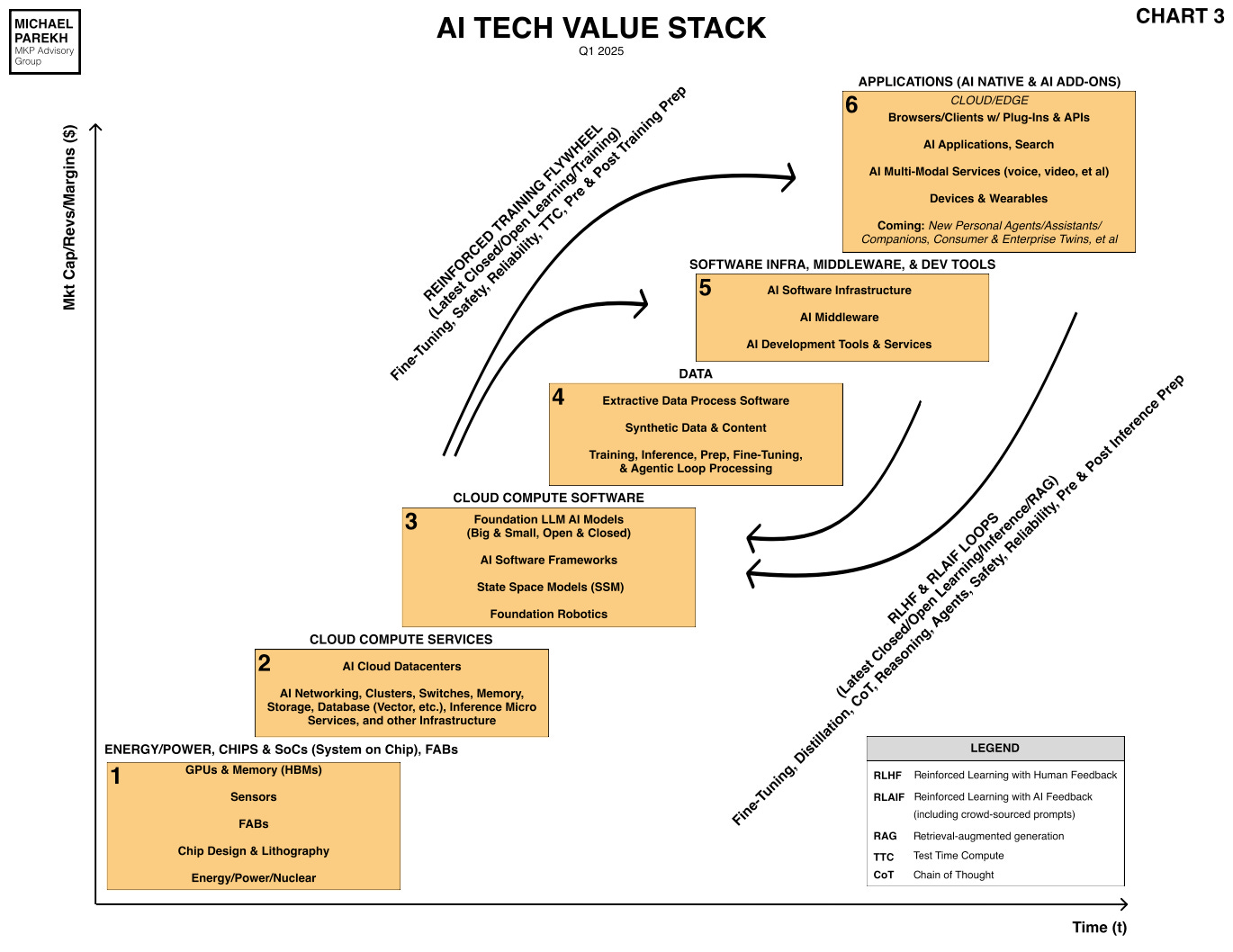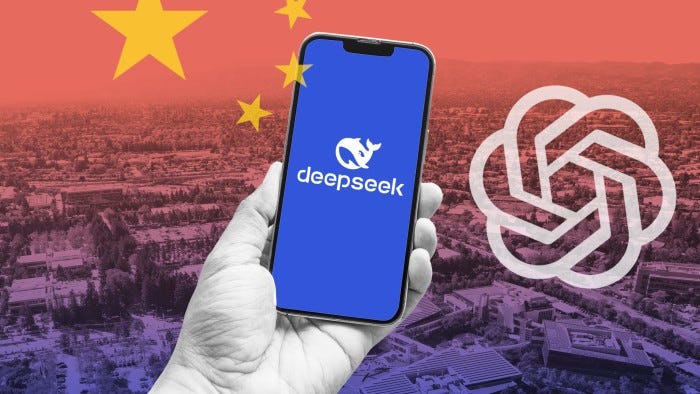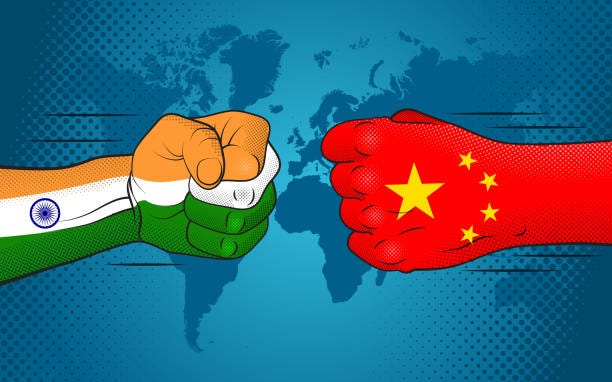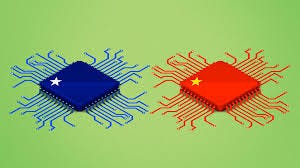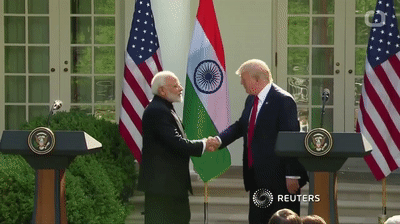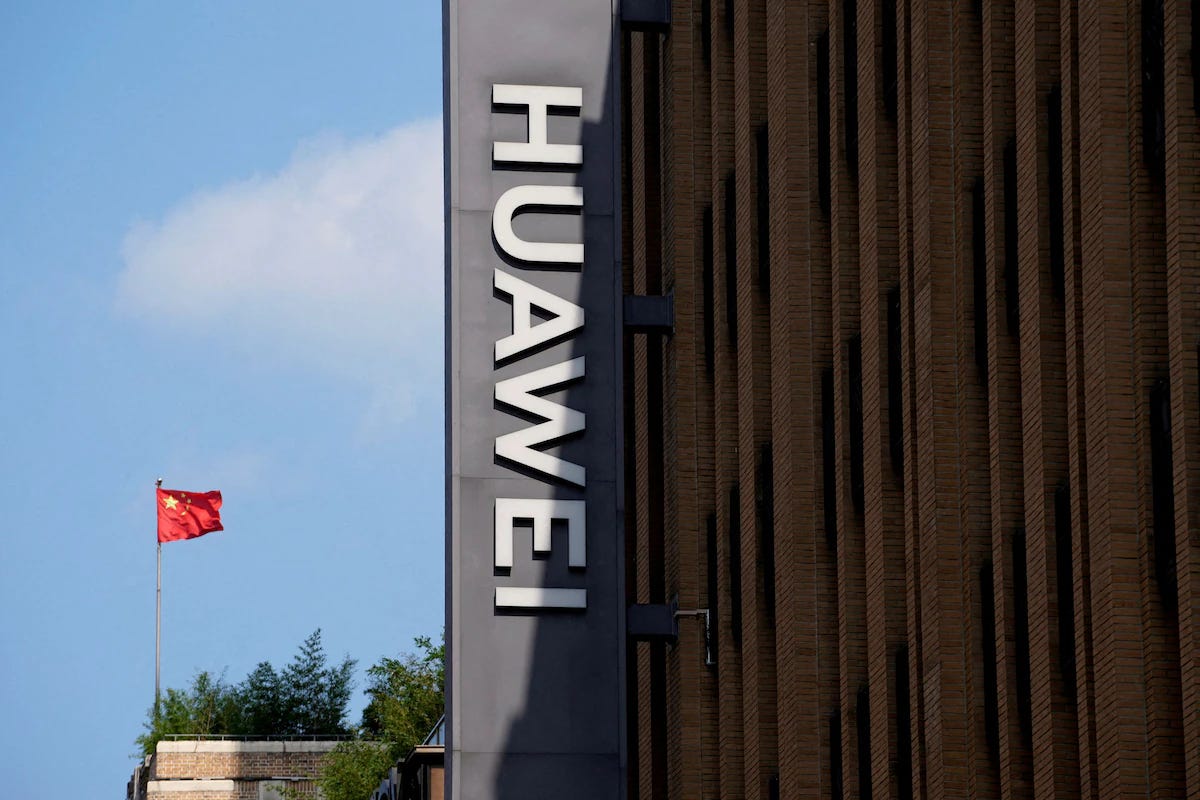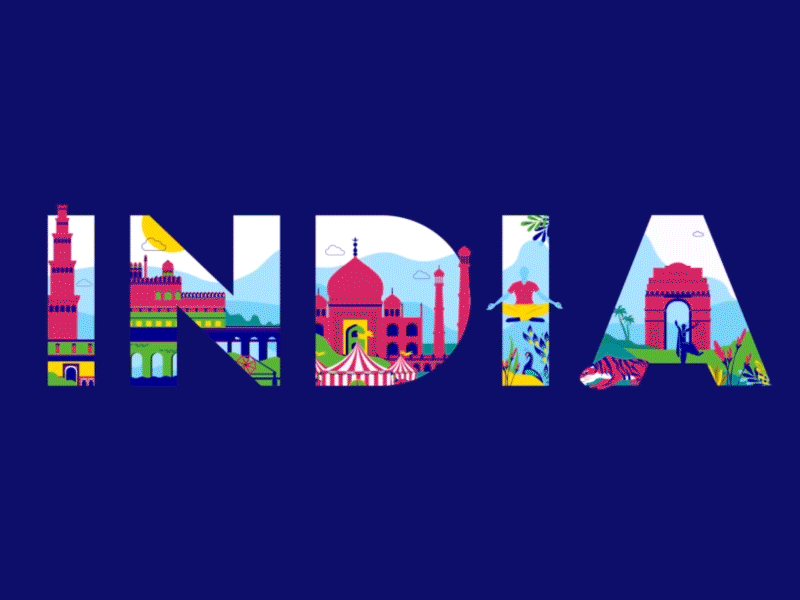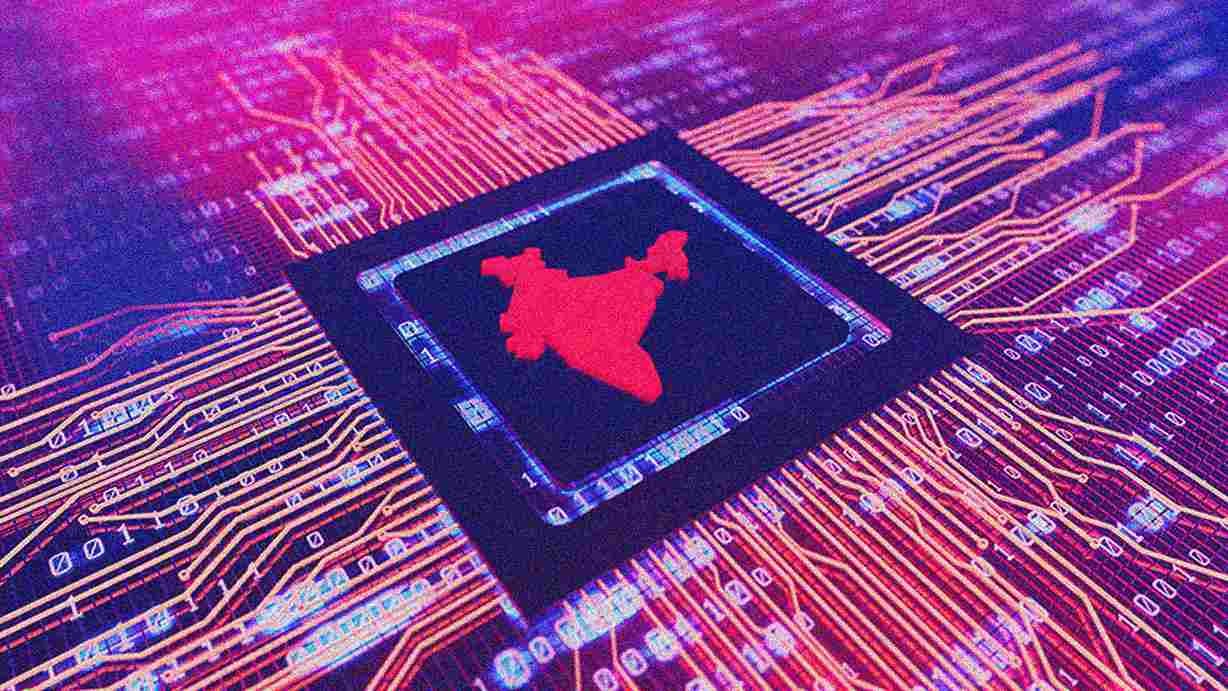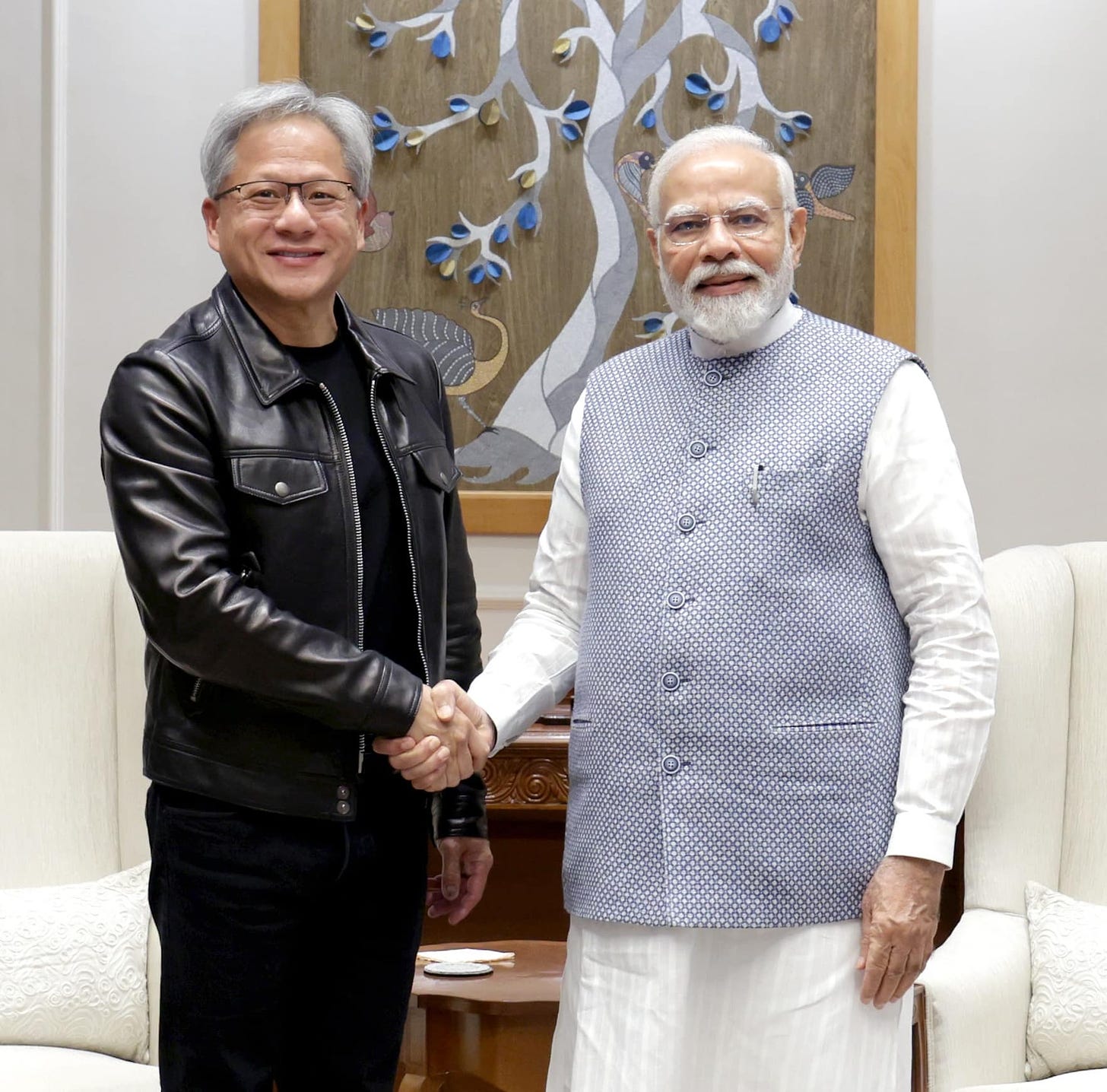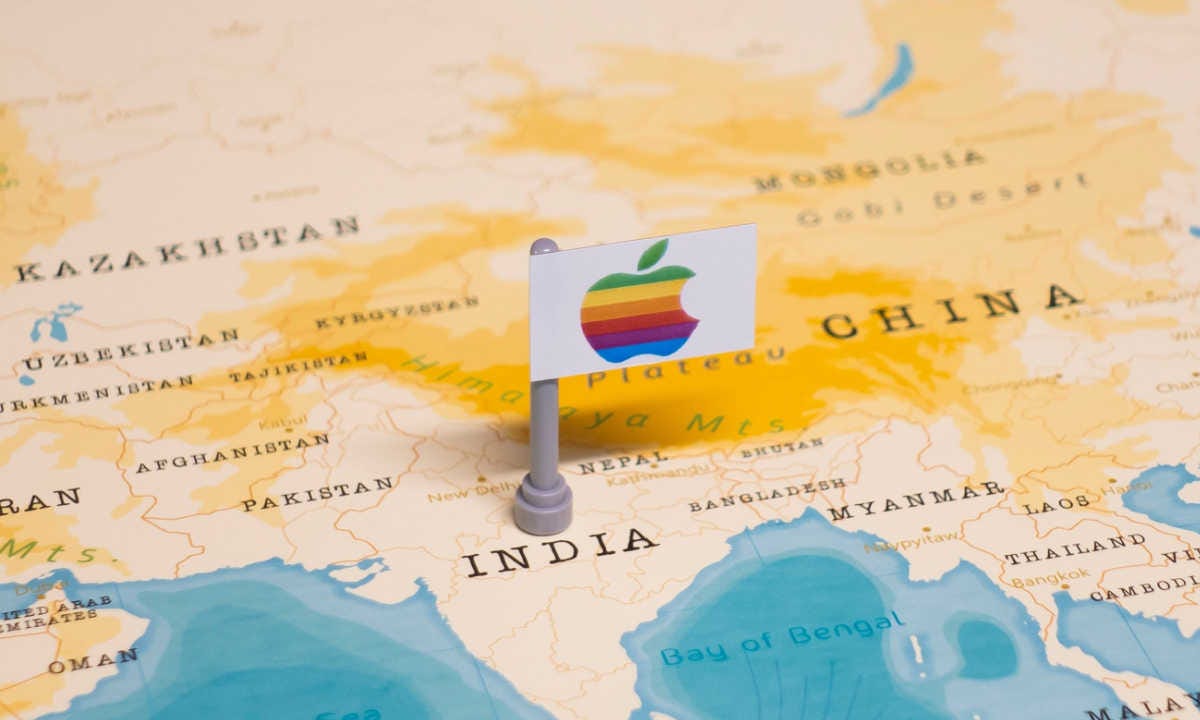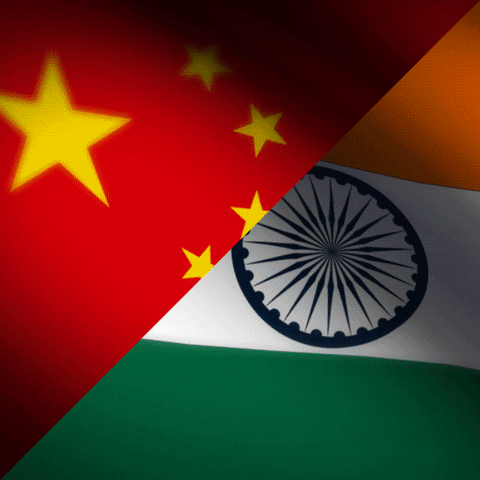
AI: China and India at opposite ends on AI. RTZ #703
The current US/China geopolitical and tariff tussle has created a clear opportunity for India in AI, a topic I’ve written about extensively in these pages. The issue goes far beyond Apple ASSEMBLING (note, NOT MAKING) over 15% of its iPhones in India, and Nvidia selling more AI chips and infrastructure for data centers in India, Sovereign and otherwise. The core issue is manufacturing vs services, where China is racing to leverage its leadership in the former to win global primacy in the latter.
India for decades in traditional IT Services has focused on the latter, and now slowly and somewhat reluctantly, focusing on the former. i.e., more investments private and public on manufacturing in tech. From the components like semiconductors on up. It’s going to be a long haul.
In a way, both countries are coming from oppostie ends of the AI Tech Stack depicted below, China from Boxes 1-3 up and India from Boxes 5/6 on down to chips in Box 1.
This issue is covered by Rest of World.org in “Why India fell behind China in tech innovation”:
“India’s government urges the private sector to take the lead in tech innovation, while industry experts say it’s complicated.”
“India’s government and tech industry are concerned about lagging behind China in deep tech innovation, particularly in manufacturing and AI.”
-
“This gap is attributed to historical focus on services over manufacturing, lower investment in research and development, and a brain drain of AI talent.”
-
“India is increasing investment and policy support for AI and semiconductor development to catch up globally.”
A trigger of course is DeepSeek:
“China’s DeepSeek moment has triggered unease for the Indian government and tech industry.”
“Earlier this month, India’s commerce minister, Piyush Goyal, rebuked the country’s entrepreneurs for their lack of innovation. “We are focused on food delivery apps, turning unemployed youth into cheap labor so that the rich can get their meals without moving out of their house. And against that, what does a Chinese startup do? Work on developing electric mobility battery technologies, and with that, they today dominate the electric mobility ecosystem,” Goyal said at an industry event.”
“Goyal’s comments sparked a backlash from Indian startup founders and investors, who pointed to bureaucratic red tape and import regulations on computing equipment as major barriers to innovation.”
“While explanations vary for why India — where startup funding is among the highest in the world — has fallen behind in advanced manufacturing and artificial intelligence, experts believe the gap dates back to the 1980s, when the two nations diverged economically: China invested heavily in manufacturing, while India leaned into services.”
The ratios are lop-sided indeed:
“Today, China commands 30% of global manufacturing output, while India lags at 3%. India’s services-led mindset and decades of underinvestment in innovation have left the country scrambling to catch up in the global tech race, according to industry analysts, government stakeholders, and academics.”
“China’s ecosystem is different. They already have the manufacturing prowess, which they built over time. So, for them to make a product which can be put into the market is not that difficult,” Pranay Kotasthane, chair of the High-Tech Geopolitics Programme at Takshashila Institution, a Bengaluru-based think tank, told Rest of World. India remains a “service-focused” tech ecosystem — a space where the country beats China “hands down,” he said.”
It’s about harnessing India’s youth dividend, creators, India TikTok ban, and all:
There is a debate on the heavy lifting required by both the public and private sectors:
“The government is counting on the private sector for high-tech innovation, Abhishek Singh, a top-ranking bureaucrat and CEO of IndiaAI Mission, a state-led initiative to drive AI adoption, told Rest of World. “The government can only enable the ecosystem. The actual work is done by the industry, startups, and researchers.”
“India has not innovated like China due to “a lack of conviction at scale,” Anant Mani, founder and CEO of a Chennai-based artificial intelligence startup, Randomwalk AI, told Rest of World. “India’s AI startup ecosystem is alive, but not yet formidable. We have sparks — Sarvam AI, Niramai, Krutrim AI, etc. — but not yet a sustained fire.”
Even though Indian startups are ramping in AI for now, on the services end:
“India has over 200 generative AI startups, which raised $560 million in funding in 2024.”
And as I’ve noted before, India’s best talent, AI and otherwise tends to be drawn overseas:
“Yet, India is a net exporter of top AI talent, while China, despite producing nearly half as many high-quality researchers, retains most of them within its domestic ecosystem, according to a global AI talent tracker by Chicago-based think tank MacroPolo.”
And India has a plethora of infrastructure talent, to jump in on the US/China talent tug-of-war:
“Despite losing much of its top AI talent to the U.S. and Europe, India is still home to over 20% of the world’s semiconductor design engineers, Kotasthane said. The leading 25 semiconductor companies in India with centers dedicated to design and research and development include global giants like Intel, Nvidia, and Qualcomm, according to the Information Technology and Innovation Foundation, a Washington-based science and technology think tank.”
“But India’s investment in innovation is meagre, undermining its ambition to take on China. India spends 0.64% of its GDP on research and development, far below China’s 2.4% or the U.S.’ 3.5%.”
Most Indian startups and tech companies are focused on overseas markets rather than domestic opportunities:
“The Indian mindset is that Silicon Valley is an extension of ours,” Payal Arora, a digital anthropologist and professor of inclusive AI cultures at Utrecht University, told Rest of World. “We export the majority of brains to the U.S., where they become leaders and create offshore places like [Bengaluru]. … They are not Indians representing India in the U.S. … They’ve become Americans and are serving American interests.”
“The Indian government, in a recent survey, pointed out that private sector investment in research and development remains consistently low compared to countries like China, Japan, and the U.S.”
China’s Huawei alone overshadows R&D spending in India:
“China’s Huawei alone spent nearly $23 billion on research and development in 2023 — more than India’s total public and private spending combined. In the fiscal year ending 2023, India’s top spenders, Tata Motors and Reliance Industries, spent 23,265 crore rupees (around $2.8 billion) supporting tech innovation.”
“This is all capex [capital expenditure], which is very high-risk because you are doing the capex up-front in the hope that you will create something truly differentiated at a global scale,” said Ravi Jain, investment director at TDK Ventures — an arm of a Japanese tech company that invests in AI — and the former business head of Indian AI startup Krutrim AI. “The chance of this coming through is very low because somebody will have to write a 100, 200, 300 million-dollar check up-front to be able to even get started in this pursuit.”
And India is ramping up from a small base, with Nvidia and others playing a role:
“As part of its $1.26 billion IndiaAI mission, launched in March 2024, the Indian government has been ramping up efforts to support AI startups and reduce reliance on foreign chip imports. It plans to build a large cluster of graphics processing units — a powerful network of high-speed computers — and train AI models, while offering incentives for homegrown chip designs.”
“China’s push for semiconductor self-sufficiency started in 2014 with the launch of the $150 billion National Integrated Circuit Plan. As the U.S. imposed sanctions on China’s high-tech chipmaking in 2018, Beijing scaled up homegrown innovation, making huge investments in tech parks, research and development labs, and startup incentives.”
“India’s semiconductor policy was created seven years later in 2021.”
“Indian automaker Tata made a foray into chipmaking by establishing a $11 billion semiconductor fabrication facility in Gujarat in 2024. Several other assembly and testing facilities are coming up, including U.S. chipmaker Micron’s $2.75 billion semiconductor plant. Tata Group is building a semiconductor assembly and test plant in the northeastern state of Assam, with an investment of nearly $3.3 billion.”
“Manish Tewari, India’s former minister of information and broadcasting, told Rest of World the government wasn’t doing enough to become competitive on a global scale.”
“The R&D spends are definitely on the lower side. And ultimately, you know, we may be driven by the private sector, but the private sector requires support … especially the kind of support which has been extended by the U.S., by other countries, including China,” Tewari said.”
“With China becoming increasingly inaccessible for foreign investors amid rising tariffs, industry experts say India’s tech sector might benefit from the ongoing trade war.”
“In early January, Microsoft announced a $3 billion investment for the next two years in India’s cloud and AI infrastructure. Amazon has set aside $120 million to fund manufacturing and AI development in India.”
“A sense of falling behind in the global AI race was palpable at a recent technology summit co-hosted by global think tank Carnegie India and India’s Ministry of External Affairs, where several panels focused on the country’s AI strategy.”
And India’s government remains focused on the AI opportunity from the top down:
And India’s top entrepreneurs are also focused on the long-term prize, alongside Prime Minister Modi above.
“Infosys co-founder and chair Nandan Nilekani was among the speakers. He struck an optimistic note, arguing India is well positioned to enable faster AI adoption, thanks to the digital transformation it has undergone over the past 15 years.”
“Nilekani said DeepSeek’s debut has sped up the trend of models becoming accessible far and wide. The real gamechanger, he said, is how AI is applied and the quality of data behind it.”
Apple and iPhones are just a start.
It’s early innings for India in this AI Tech Wave.
The current tariff winds in DC are but another opportunity to drive its efforts in AI infrastructure manufacturing, supplementing its growing AI services push to date. Stay tuned.
(NOTE: The discussions here are for information purposes only, and not meant as investment advice at any time. Thanks for joining us here)

